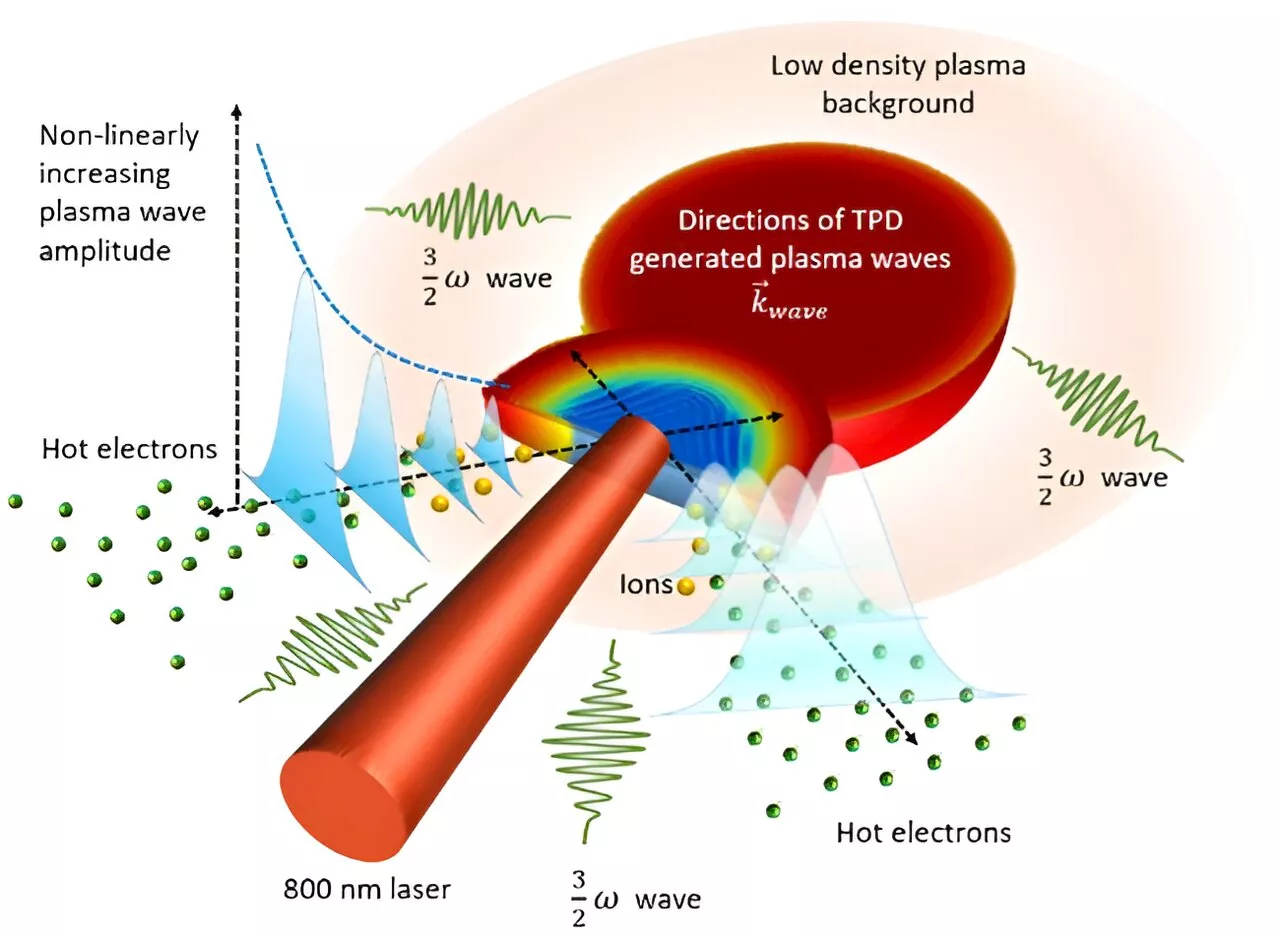Researchers showcase the ATLAS detector's capability to measure high-energy supernova neutrinos, promising to demystify the elusive particles.
Innovations in Physics are on the rise. While there have been various ways to detect and explore particles in physics, researchers have newly demonstrated that the ATLAS detector at CERN’s Large Hadron Collider can effectively measure the flux of high-energy supernova neutrinos.
The study emphasizes the advantages of collider detectors over traditional detectors, such as IceCube. They could be better for studying neutrino properties, flavors, antineutrinos, and new physics phenomena. Finally, the team concluded that ATLAS should be capable of characterizing the flavor of neutrinos and distinguishing between neutrinos and antineutrinos. What’s very interesting about this is that they were able to reach a conclusion even with limited statistics.
United Kingdom Latest News, United Kingdom Headlines
Similar News:You can also read news stories similar to this one that we have collected from other news sources.
 Researchers generate super-fast electrons with table-top laser systemsIn massive particle accelerators, sub-atomic particles (like electrons) are sped up to super-high speeds comparable to the speed of light towards a target surface. The collision of accelerated sub-atomic particles gives rise to unique interactions enabling scientists to obtain a deeper understanding of the fundamental properties of matter.
Researchers generate super-fast electrons with table-top laser systemsIn massive particle accelerators, sub-atomic particles (like electrons) are sped up to super-high speeds comparable to the speed of light towards a target surface. The collision of accelerated sub-atomic particles gives rise to unique interactions enabling scientists to obtain a deeper understanding of the fundamental properties of matter.
Read more »
 Researchers develop novel 'super-tetragonal' sacrificial layer for freestanding oxide membranesResearchers have developed a new water-soluble sacrificial layer, 'super-tectragonal' Sr4Al2O7 (SAOT), with broad tunability in lattice constants, which can be used to prepare high-quality freestanding oxide membrane. Their work is published in Science.
Researchers develop novel 'super-tetragonal' sacrificial layer for freestanding oxide membranesResearchers have developed a new water-soluble sacrificial layer, 'super-tectragonal' Sr4Al2O7 (SAOT), with broad tunability in lattice constants, which can be used to prepare high-quality freestanding oxide membrane. Their work is published in Science.
Read more »
 Researchers unveil new digital twin for precise real-time analysis of composite materials productionResearchers from IMDEA Materials Institute and the Technical University of Madrid (UPM) have developed an innovative digital twin that enables real-time analysis of composite materials manufacturing.
Researchers unveil new digital twin for precise real-time analysis of composite materials productionResearchers from IMDEA Materials Institute and the Technical University of Madrid (UPM) have developed an innovative digital twin that enables real-time analysis of composite materials manufacturing.
Read more »
 Researchers achieve |99% photoluminescence quantum yield in metal nanoclustersA research team has achieved near-unity room-temperature photoluminescence quantum yield (PLQY) (>99%) in the near-infrared (NIR) emission of metal nanoclusters in solution. Their work is published in Science.
Researchers achieve |99% photoluminescence quantum yield in metal nanoclustersA research team has achieved near-unity room-temperature photoluminescence quantum yield (PLQY) (>99%) in the near-infrared (NIR) emission of metal nanoclusters in solution. Their work is published in Science.
Read more »
 Tampa's fall nights are getting hotter: Why researchers worryA new study from researchers at Embry–Riddle Aeronautical University found temperatures are rising during the fall months across the biggest cities in the state. And Tampa is getting the worst of it.
Tampa's fall nights are getting hotter: Why researchers worryA new study from researchers at Embry–Riddle Aeronautical University found temperatures are rising during the fall months across the biggest cities in the state. And Tampa is getting the worst of it.
Read more »
 Researchers develop genomic method of monitoring for pesticide resistanceFarmers rely on pesticides to control agricultural pests. But insects often develop resistance to the toxins in pesticides. University of Maryland researchers have developed and successfully tested a strategy for using genomics to monitor for and identify emerging resistance to specific toxins early, well before it becomes a widespread problem.
Researchers develop genomic method of monitoring for pesticide resistanceFarmers rely on pesticides to control agricultural pests. But insects often develop resistance to the toxins in pesticides. University of Maryland researchers have developed and successfully tested a strategy for using genomics to monitor for and identify emerging resistance to specific toxins early, well before it becomes a widespread problem.
Read more »
